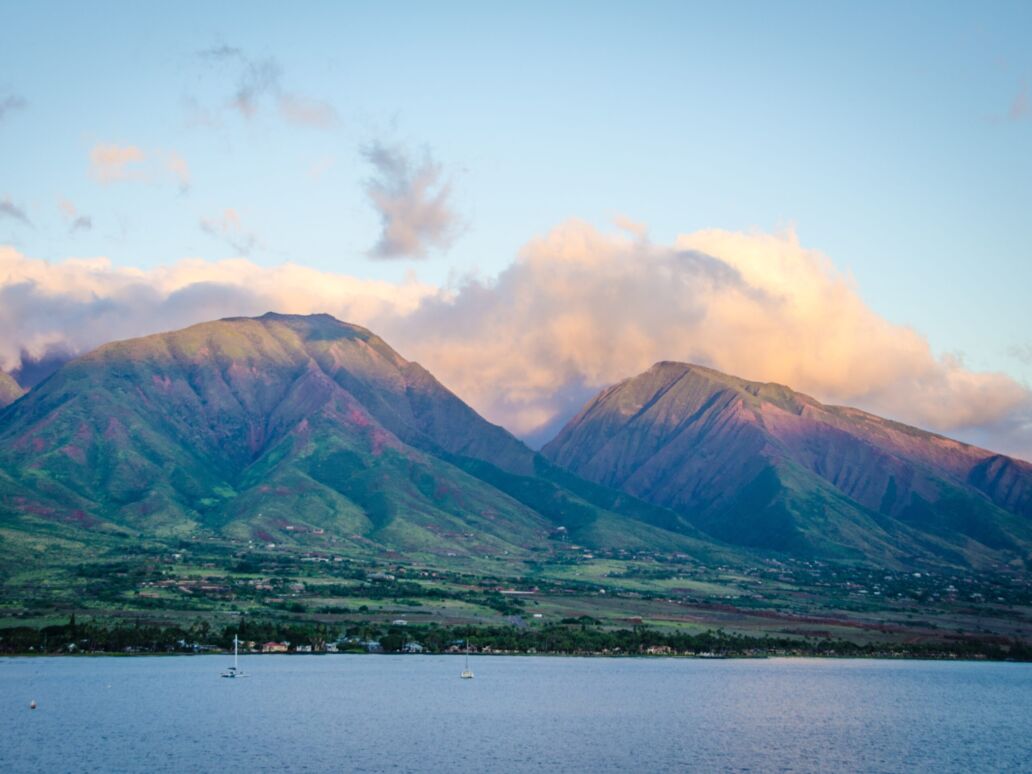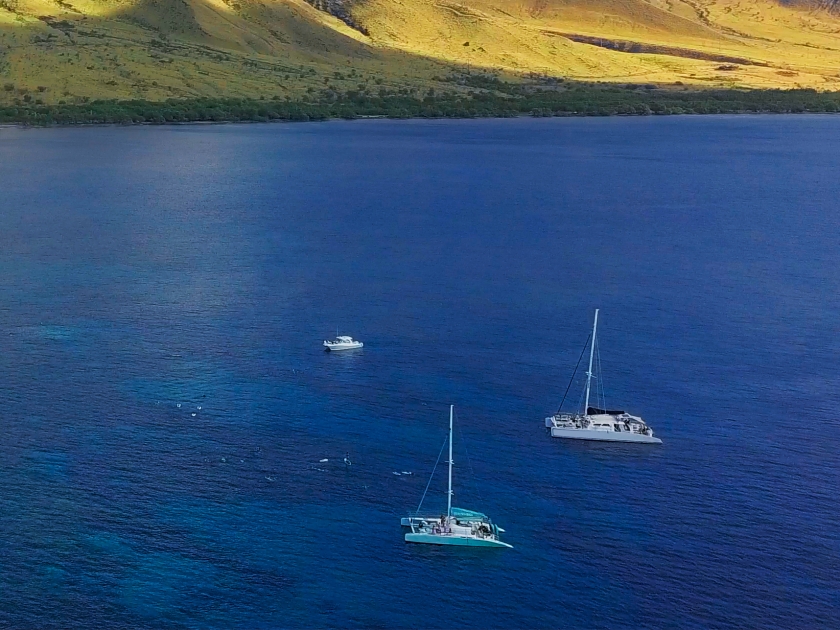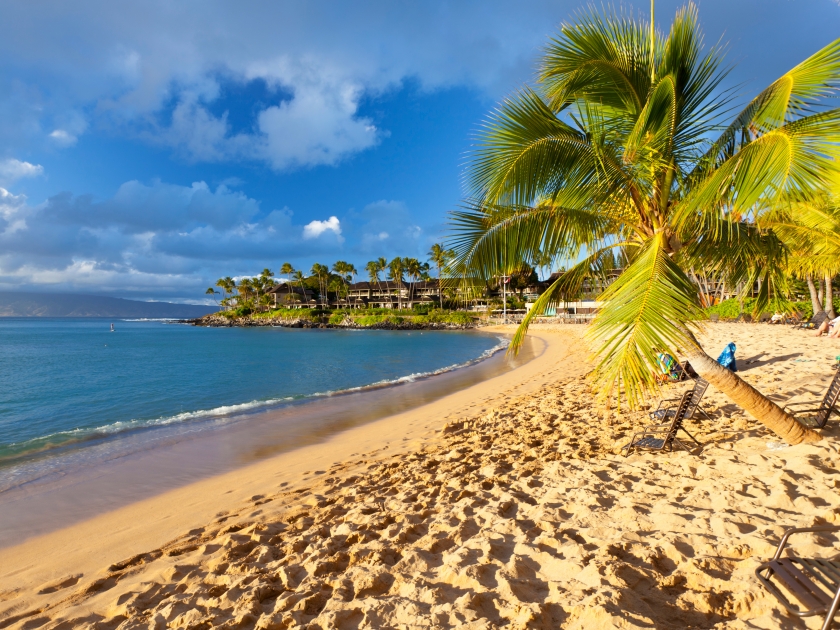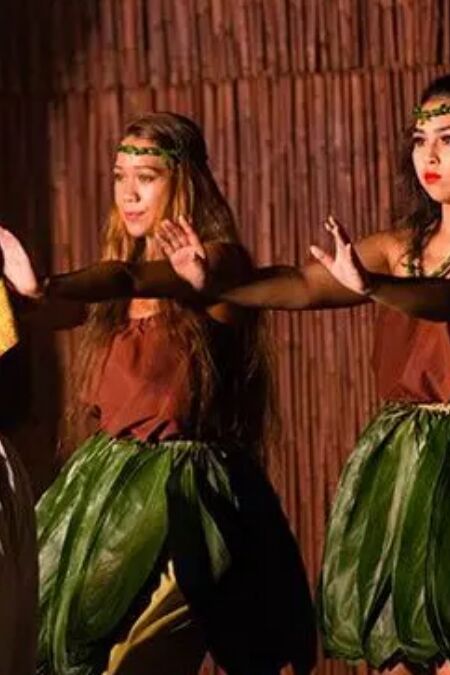The West Maui Mountains, locally known as Mauna Kahalawai, provide a captivating mix of scenic beauty, outdoor adventures, and rich cultural heritage. This travel guide showcases must-see attractions, exciting activities, and essential tips to help you fully enjoy this enchanting part of Maui. Whether chasing thrills or seeking tranquility, the West Maui Mountains offer experiences that will leave a lasting impression.
Highlights
- Drive along the winding roads that rival the famous Road to Hana, featuring breathtaking views of lush valleys, rugged coastlines, and vibrant farmland13.
- Olivine Pools: Visit these stunning tide pools nestled among lava rock formations. While they provide picturesque scenery, be cautious of slippery conditions and only visit when ocean waves are calm1.
- Witness nature’s power as water shoots up to 100 feet in the air from this unique blowhole. It’s a dramatic sight that underscores the beauty of Maui’s coastline1.
- Explore 4,000 acres of lush tropical landscape and hike to the iconic Iao Needle, a significant natural and historical landmark17.
- Hike to this 646-foot peak for panoramic views of the coastline. The journey involves some scrambling but rewards you with stunning vistas13.
- Experience aerial views of the West Maui Mountains and Molokai’s sea cliffs on a scenic helicopter flight, providing a unique perspective on this breathtaking landscape3.
- Engage with local culture through farm tours or visiting historic sites that tell the story of Maui’s rich heritage and traditions.
History

Formation of Mauna Kahalawai
The West Maui Mountains, or Mauna Kahalawai, emerged around 1.3 million years ago through volcanic eruptions during the shield-building phase of the volcano. Originally towering over 13,000 feet, erosion, and crater collapse have since reduced its height to 5,788 feet, with Puʻu Kukui as its highest peak. Composed primarily of basalt rock, the mountain’s rugged landscape has been sculpted over millennia by streams and heavy rainfall.
Mythology and Cultural Importance
Mauna Kahalawai, meaning “meeting of the waters,” symbolizes its role as the source of four vital rivers for the island. Deeply woven into Hawaiian mythology, the mountains are home to sacred peaks and valleys revered by early Hawaiians, who relied on their resources for food, water, and spiritual practices, fostering a profound connection to the land.
Conservation and Preservation Efforts
The West Maui Mountains are protected by the Puʻu Kukui Watershed Preserve, Hawaii’s largest private nature preserve, established in 1988. Spanning over 8,600 acres, it safeguards native species and the critical watershed that sustains Maui’s ecosystems. Collaborative efforts by local groups emphasize the importance of preserving this natural and cultural treasure.
Influence of Tourism and Agriculture
Lahaina, nestled on the southwestern slopes of the West Maui Mountains, evolved into a vibrant hub for whaling and trade in the 19th century. As Maui became a global tourist destination, the region adapted, striving to balance development with environmental preservation while maintaining its cultural heritage.
Legacy of Mauna Kahalawai
Mauna Kahalawai’s ancient volcanic peaks are more than geological landmarks; they embody Maui’s cultural and ecological essence. From myths to conservation efforts, these mountains remain a vital source of life and inspiration, blending natural beauty with historical significance for residents and visitors alike.
Things to Do

Scenic Drives
Embark on a memorable drive through the winding roads of the West Maui Mountains, where awe-inspiring landscapes await at every turn. Along the way, stop at numerous lookout points to marvel at lush valleys, rugged peaks, and panoramic coastal views. This journey offers an unforgettable way to immerse yourself in Maui’s natural splendor.
Hiking Adventures
Discover a variety of hiking trails in the West Maui Mountains that cater to all experience levels. For those seeking a challenge, the Waiheʻe Ridge Trail delivers stunning vistas of Maui’s coastline and valleys. Alternatively, explore the serene paths of ʻĪao Valley State Monument, where you can admire the iconic ʻĪao Needle and cascading waterfalls—perfect for both adventure-seekers and casual hikers alike.
Beach Activities
Unwind at nearby beaches such as Napili Bay and Kāʻanapali Beach, where turquoise waters meet pristine sands. These picturesque locations are ideal for sunbathing, swimming, or trying water sports like paddleboarding and kayaking. They provide the perfect coastal retreat to complement your mountain excursions.
Snorkeling at Honolua Bay
Dive into the vibrant underwater world of Honolua Bay, one of Maui’s premier snorkeling destinations. With its crystal-clear waters and thriving coral reefs, this spot offers an unforgettable opportunity to observe colorful marine life, making it a must-visit for snorkelers of all levels.
Cultural Tours
Engage in guided tours that highlight the rich history and traditions of Maui. Learn about Hawaiian customs, explore historic sites, and uncover the cultural significance of landmarks within the West Maui region. These tours provide a deeper appreciation for the island’s heritage.
Helicopter Tours
Experience the dramatic beauty of the West Maui Mountains from a bird’s-eye view on a helicopter tour. Fly over secluded waterfalls, verdant valleys, and volcanic formations, gaining access to areas unreachable by road. This once-in-a-lifetime adventure offers breathtaking perspectives and unforgettable memories.
Local Cuisine
Treat yourself to the flavors of Hawaii by exploring local dining options, from charming food trucks to casual eateries. Indulge in island favorites like fresh poke, loco moco, and other Hawaiian delicacies, enjoying the vibrant culinary culture amidst Maui’s relaxed atmosphere.
Practical Information
The West Maui Mountains are open year-round, offering visitors plenty of options for accommodation. From luxury resorts to budget-friendly stays, there’s something for everyone. To maximize your experience, plan your itinerary ahead of time.
Tips for Visiting
- Check Weather Conditions: Always check forecasts before heading out, especially for hikes and coastal visits.
- Stay Hydrated: Carry plenty of water during hikes or any outdoor activity.
- Respect Nature: Follow posted signs and guidelines to protect the environment and wildlife.
- Plan: Reservations may be required for popular attractions, so book in advance.
- Timing is Key: Visit popular sites early in the morning to beat the crowds.
- Wear Appropriate Footwear: Sturdy hiking shoes are essential for navigating rugged trails.
- Engage with Locals: Ask locals for tips on hidden gems or off-the-beaten-path attractions.
Best Time to Visit
The dry season, from April to October, is the best time to explore the West Maui Mountains. During this period, you’ll enjoy warm temperatures and minimal rainfall, making it ideal for outdoor activities like hiking, snorkeling, and sightseeing.
Nearby Attractions

Expand your adventure beyond the West Maui Mountains with a visit to Lahaina’s Historic District, renowned for its vibrant art galleries, boutique shops, and rich cultural heritage. Nearby, the pristine beaches of Napili Bay and Kapalua Bay offer ideal spots for swimming, snorkeling, or simply relaxing by the ocean.
Frequently Asked Questions (FAQs)
The best way is by car or through guided tours that highlight key attractions along scenic routes.
Yes, be cautious near ocean blowholes and rocky areas; always check conditions before proceeding.
Yes, there are several trails available for different skill levels within Iao Valley State Park.
Wear comfortable hiking shoes, and lightweight clothing, and bring a hat for sun protection.
Yes, there are many waterfalls accessible via hiking trails throughout the region.
Yes, numerous companies offer guided tours focusing on nature, culture, or adventure activities.
How to Get There
By Car
Driving to the West Maui Mountains provides the most flexibility and convenience. From Lahaina or Kaanapali, take the Honoapiilani Highway (Route 30) heading north. Once you pass Honolua, the road narrows into a series of scenic, winding paths that lead toward the mountains. Look for signs directing you to popular spots like the Iao Valley or the Nakalele Blowhole for closer access. Be sure to drive carefully, as some roads can be steep and have sharp turns.
By Bus
Maui’s public bus system offers a more affordable way to get close to the West Maui Mountains. Starting from Lahaina, you can take the Lahaina Villager Route to access nearby towns. While buses do not go directly into the mountains, you can disembark at stops near key trails and arrange for a short walk or rideshare to continue further. Be sure to plan your return trip ahead of time, as bus schedules can be limited in some areas.
Valleys, Views, and Vacation Goals
The West Maui Mountains offer a thrilling blend of natural beauty and cultural depth, where every trail leads to a story and every view feels like a masterpiece. From conquering rugged peaks to diving into crystal-clear waters, this enchanting paradise invites you to explore, discover, and create memories that will last a lifetime. Don’t wait—your next great adventure starts here!




